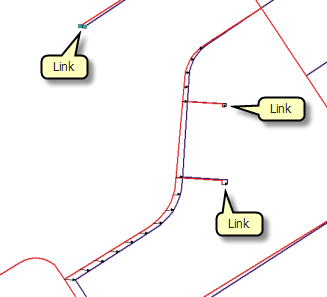Corrects randomly deformed maps with reference to new maps provided with a grid of control points.
Rubber sheeting algorithm.
The purpose is to develop a simple tool to automatically rectify a large number of images using four corner coordinates known.
In order to eliminate these discrepancies and define a continuous database the popular practice is to.
It achieves an ideal balance to create an all purpose weather resistant rubber.
The algorithm has four stages and resembles the spreading of soap bubbles limited by a polygonal ring changing its shape and size.
For this reason epdm material is an excellent medium for outdoor uses.
The proposed system then evolved and achieved better performance in time.
The rubber sheeting process is defined by a linear spreading of the random corrections given at each point on the map perimeter.
Inherent errors in the conversion process from maps to digital information cause variations in the location of common boundary lines between adjacent maps.
A rubber sheeting algorithm for non rectangular maps1 doytsher yerahmiel.
For the geometric adaptation rubber sheeting algorithms have been proposed where in the simple case a vector field is calculated from some given object correspondences doytsher 2000.
A procedure for adjusting the coordinates of all the data points in a dataset to allow a more accurate match between known locations and a few data points within the dataset.
By the way the piecewise nonlinear rubber sheeting algorithm has been suggested by akima 1970 and akima 1978.
For each point the corrections are independent of other corrections on the x and y axes.
The sources of data are vectorized maps from adjacent scanned sheets not necessarily of the same scale or with the same accuracy which will be part of a future geographical information system gis database.
Fig 1 daugman s rubber sheet model shows how a circular shape iris can be.
A raster map file gives you the capability to adopt some sophisticated mathematical algorithms transformations which allow you to reach a precision up to 10 times more accurate than a manual inspection.
Rubber sheeting preserves the interconnectivity between points and objects through stretching shrinking or reorienting their interconnecting lines.
The corrections must be diminished based on two assumptions.
I am looking for a simple rubber sheeting algorithm to rectify images.

